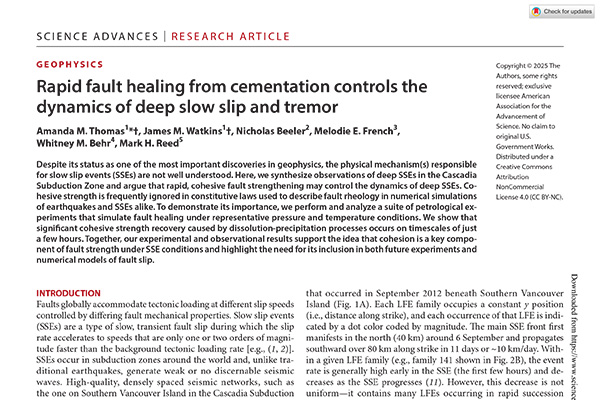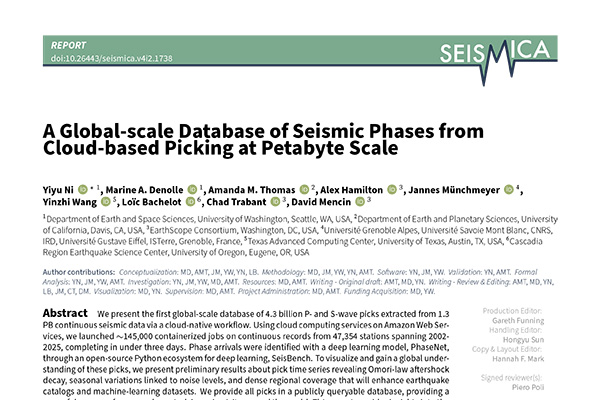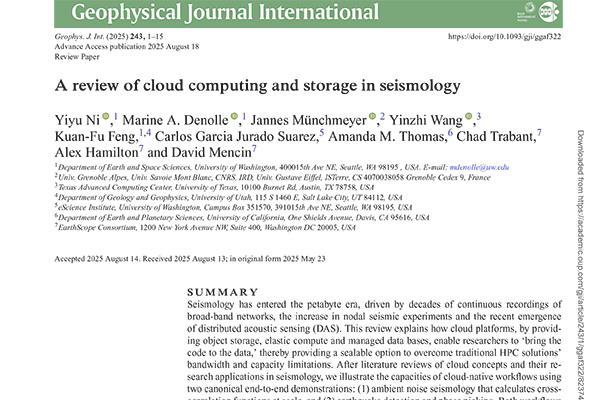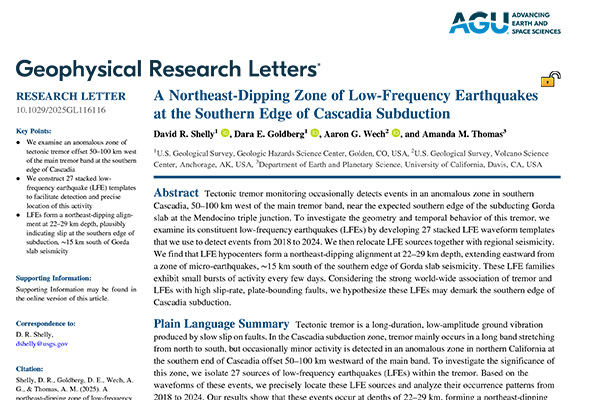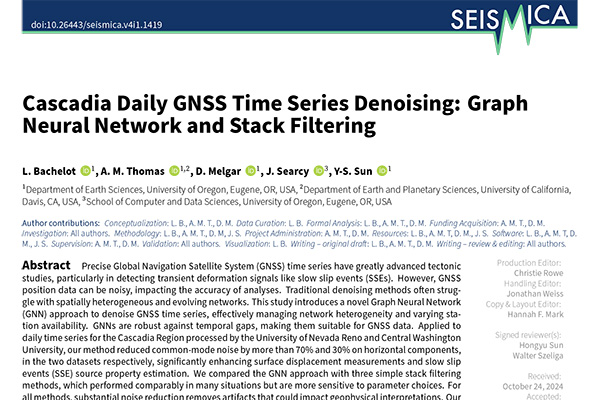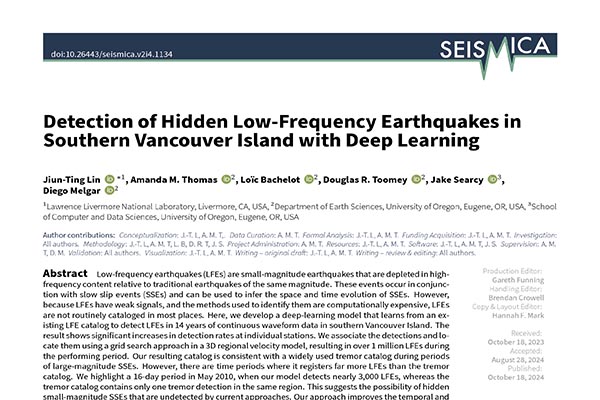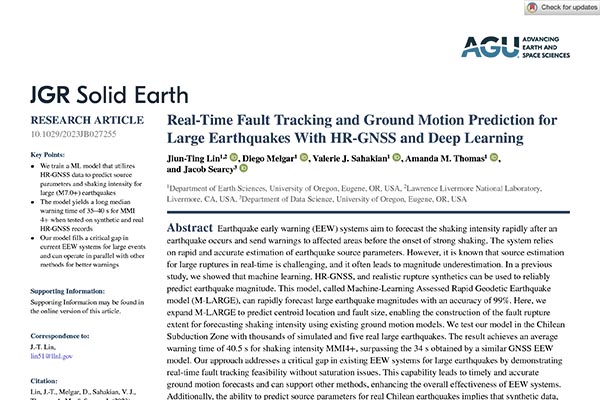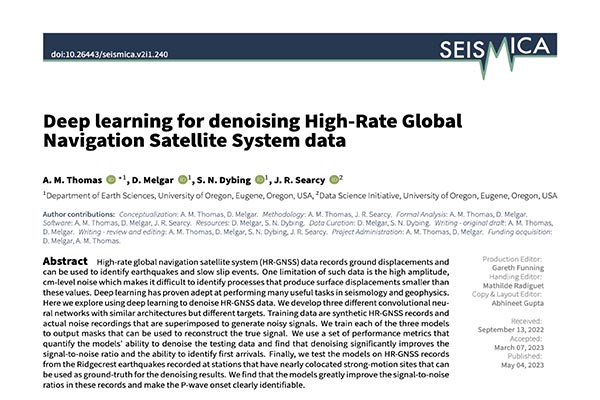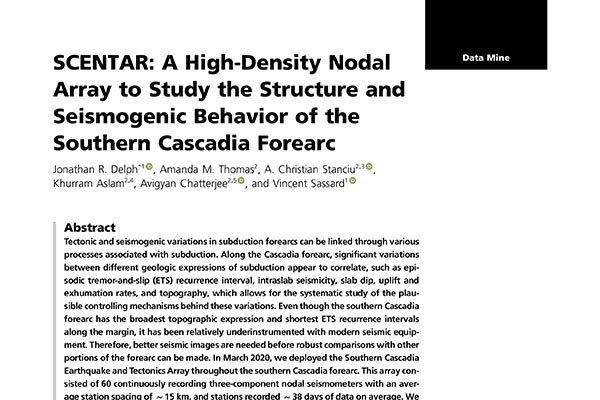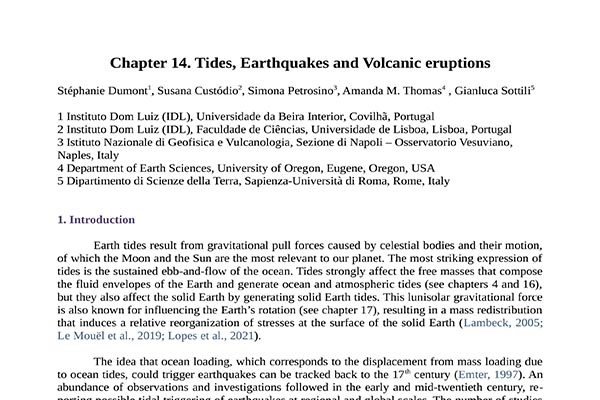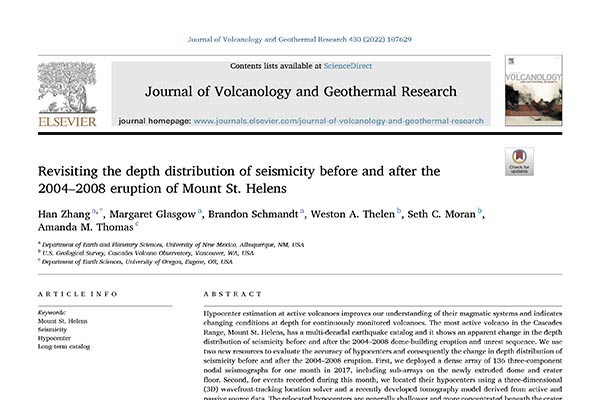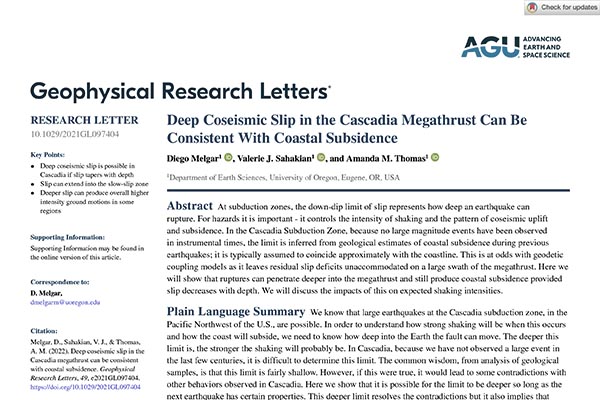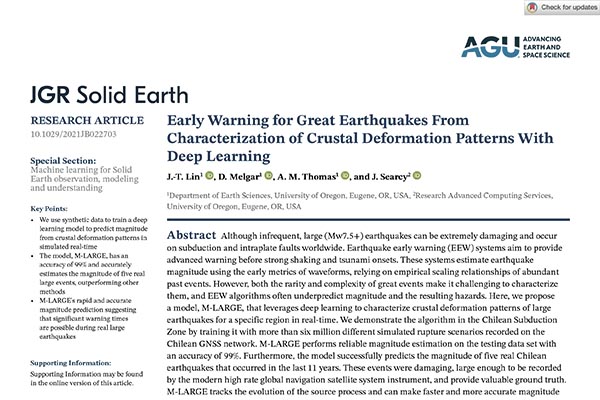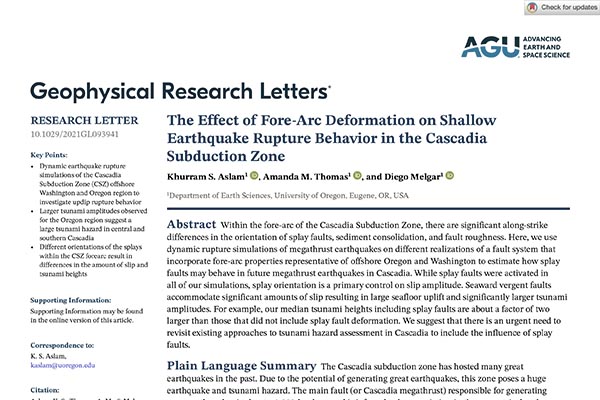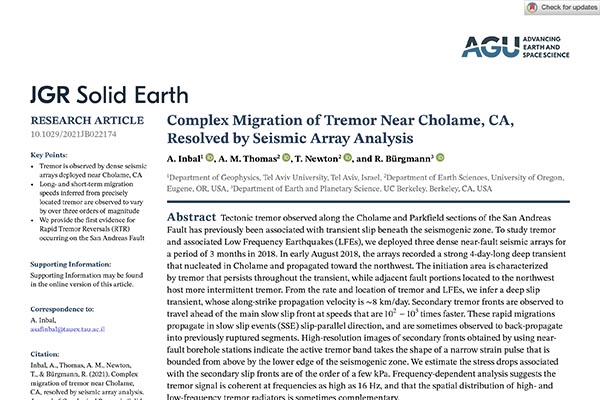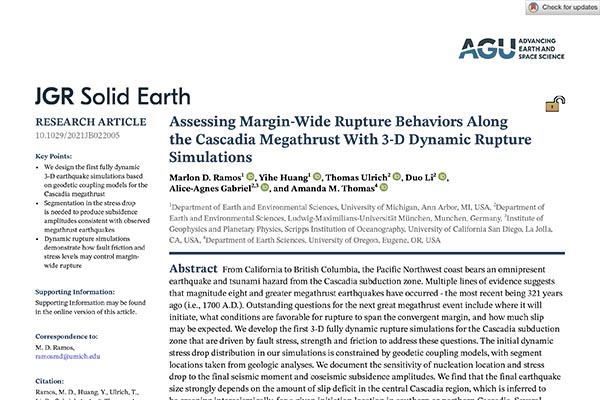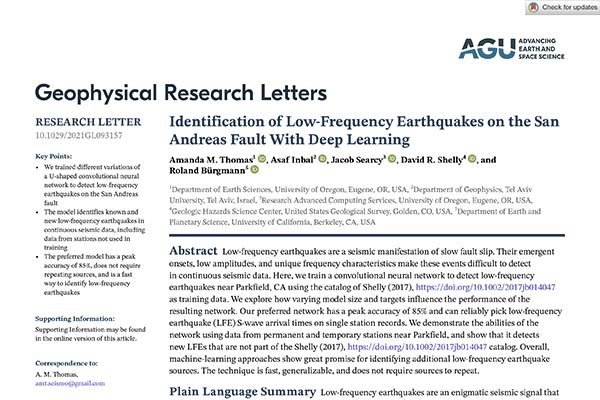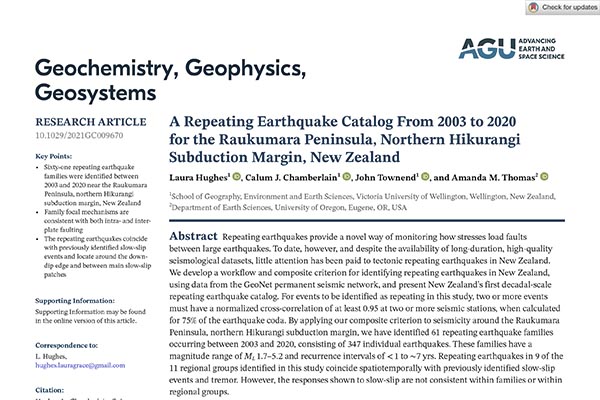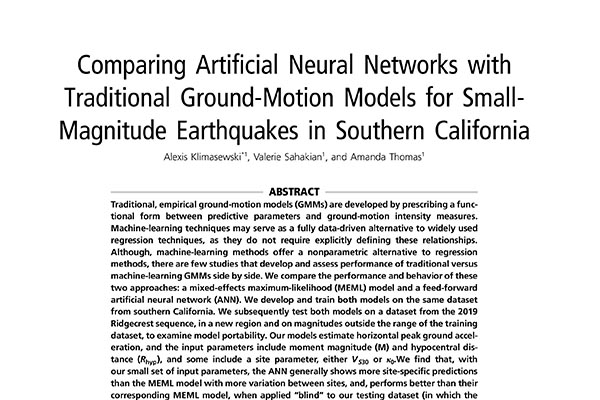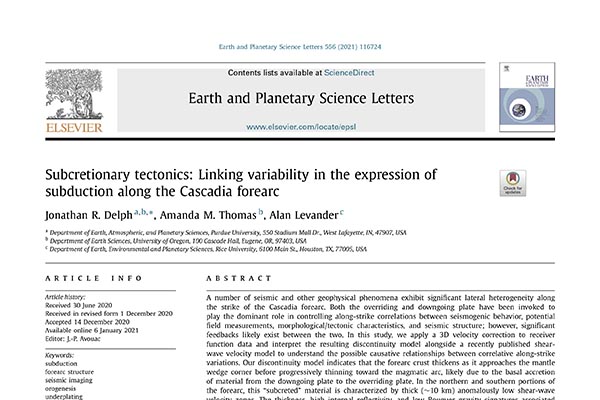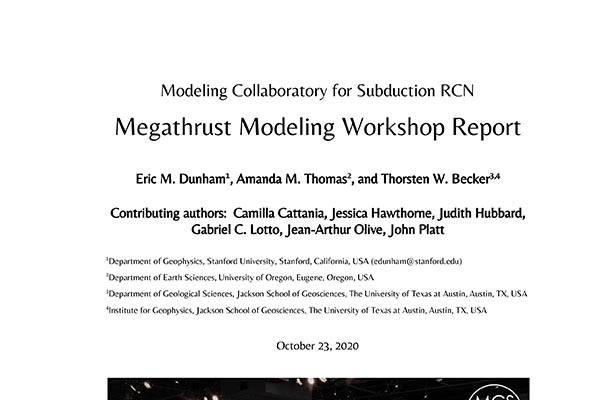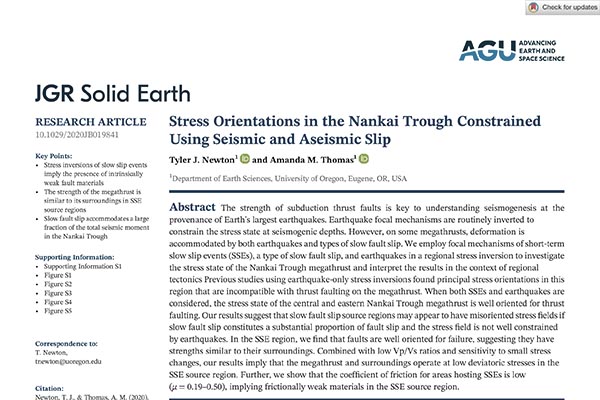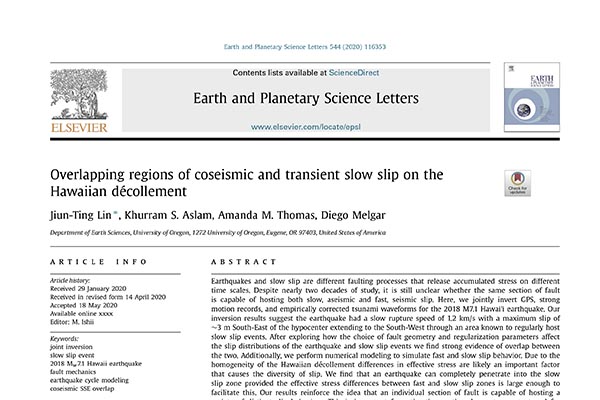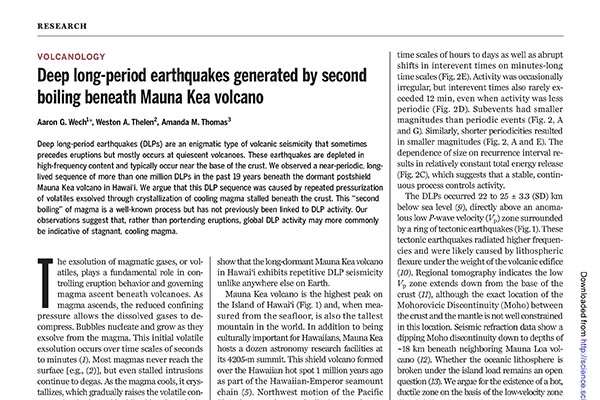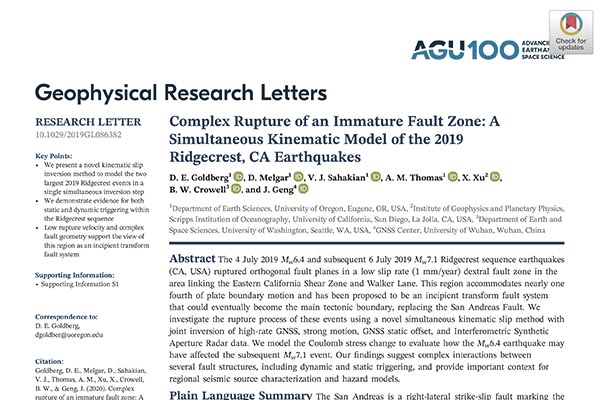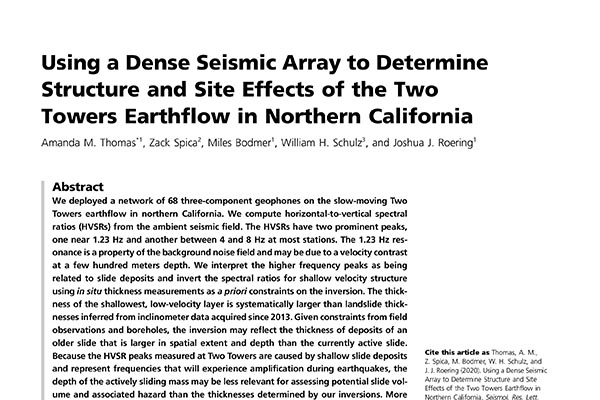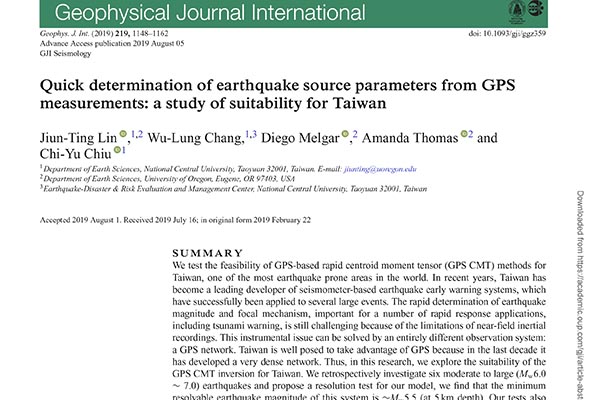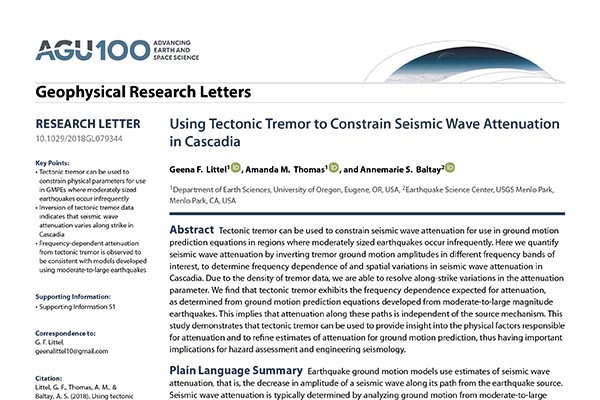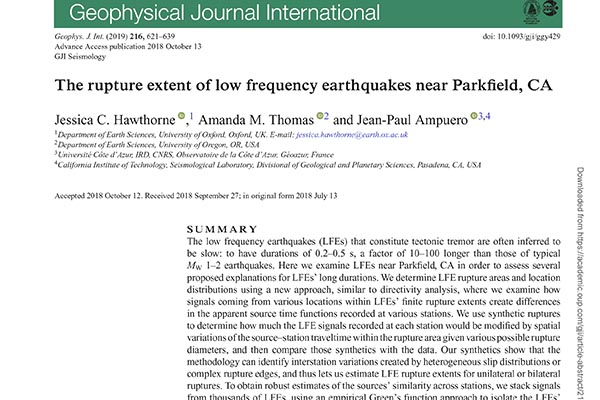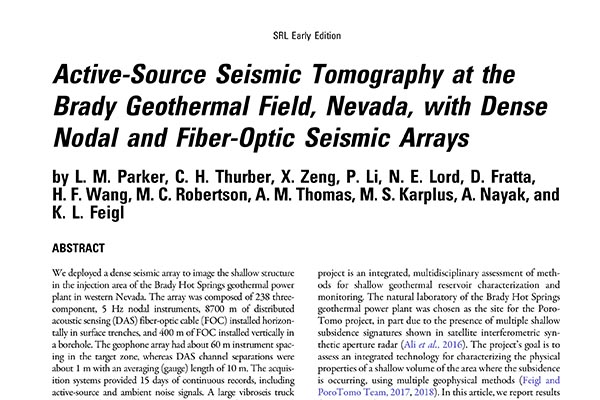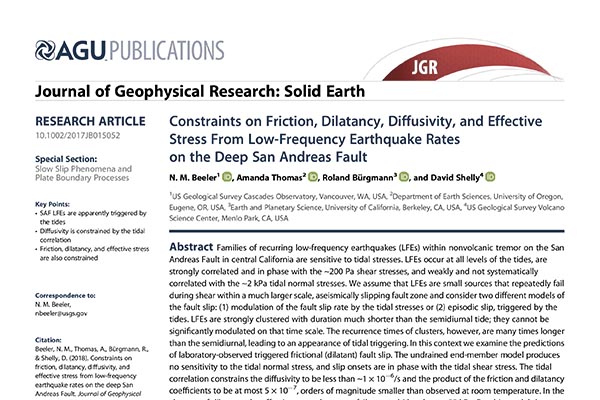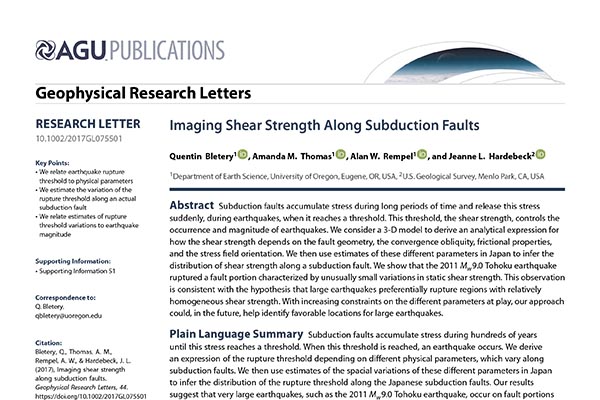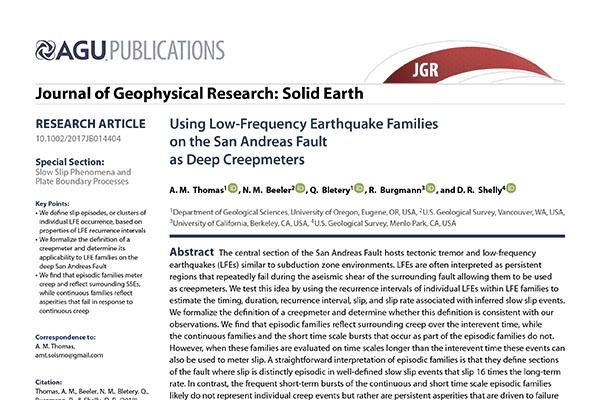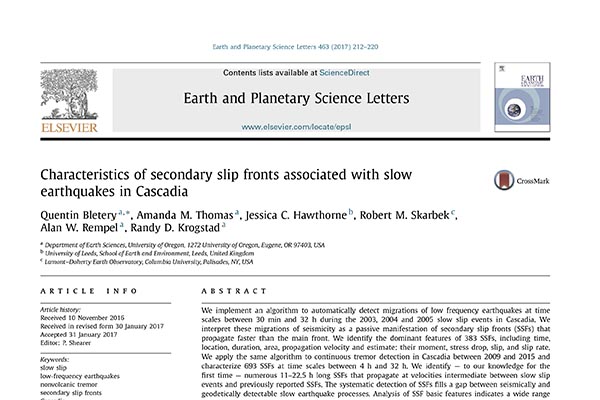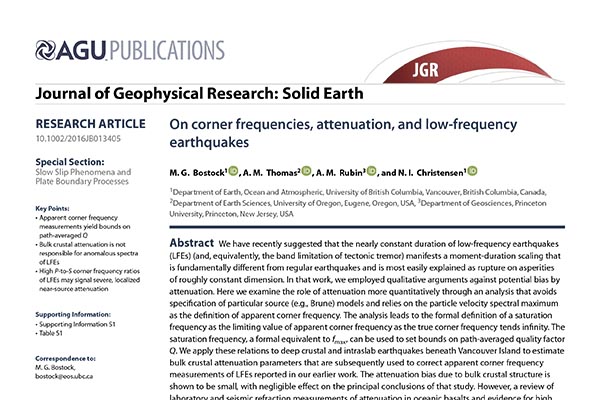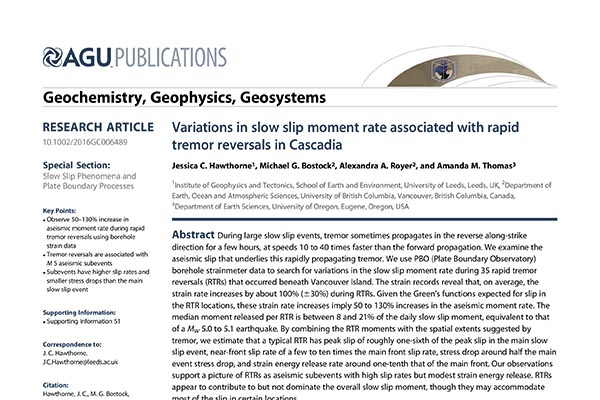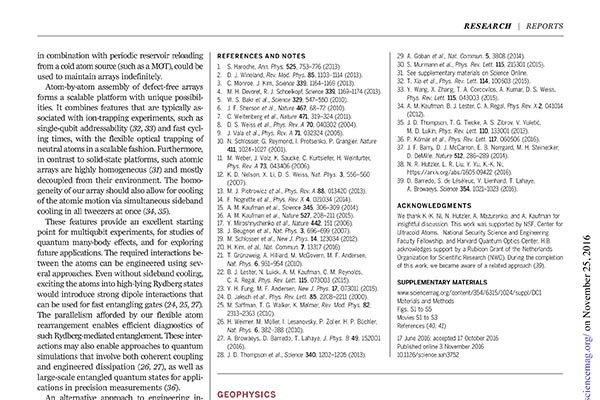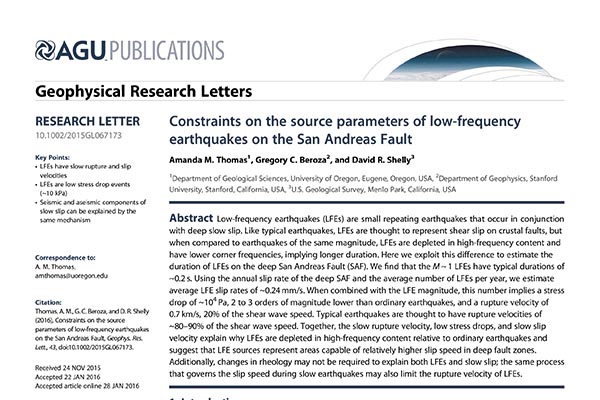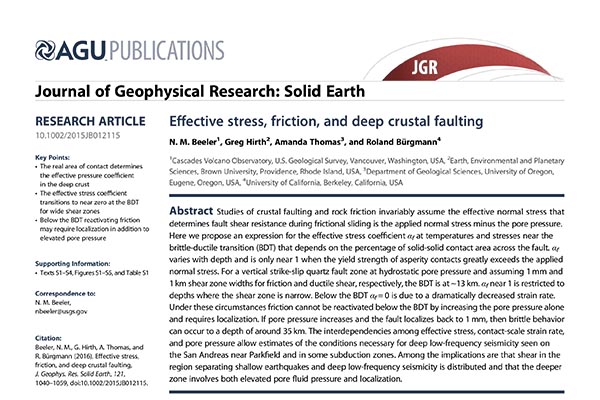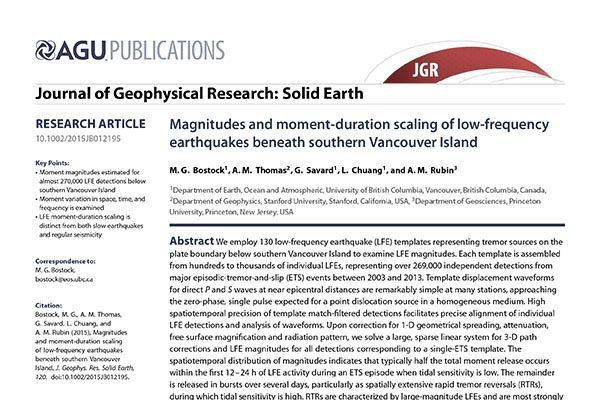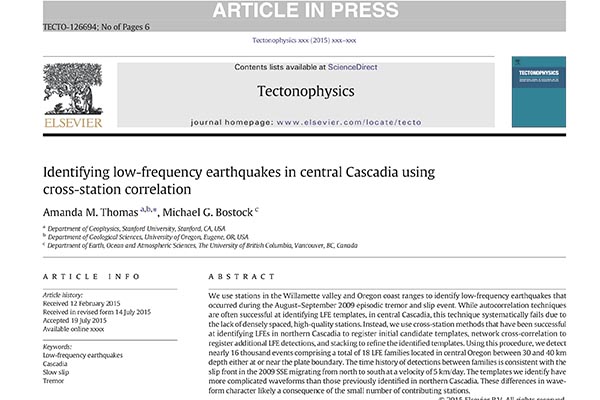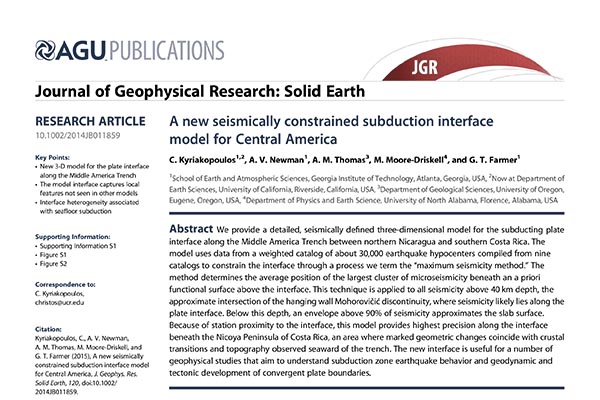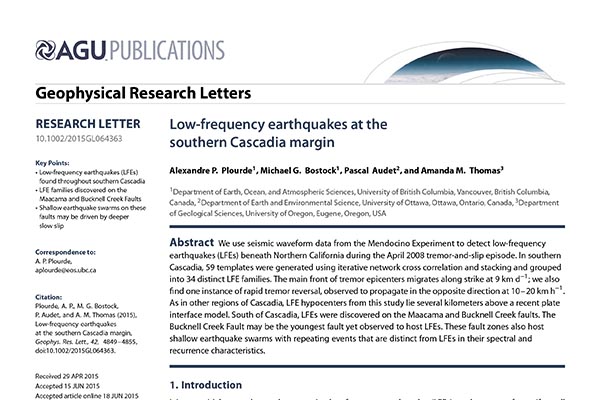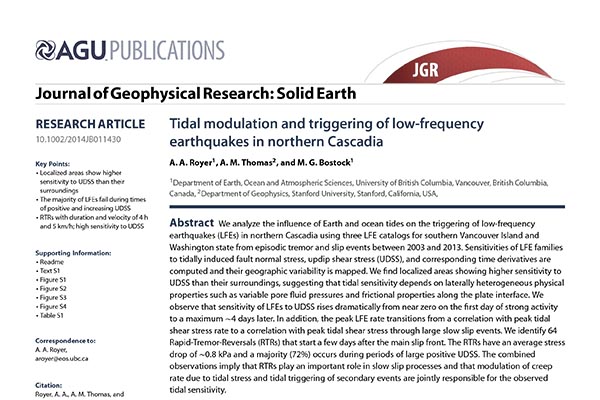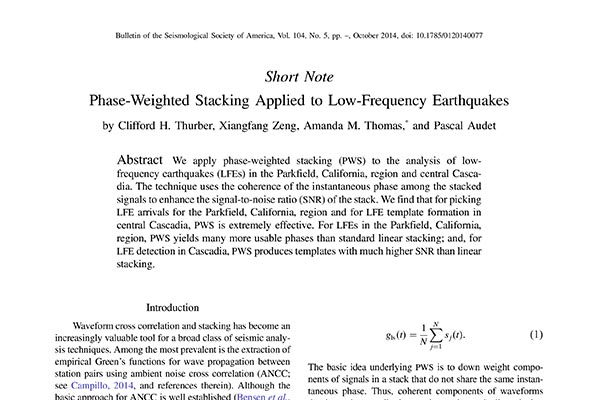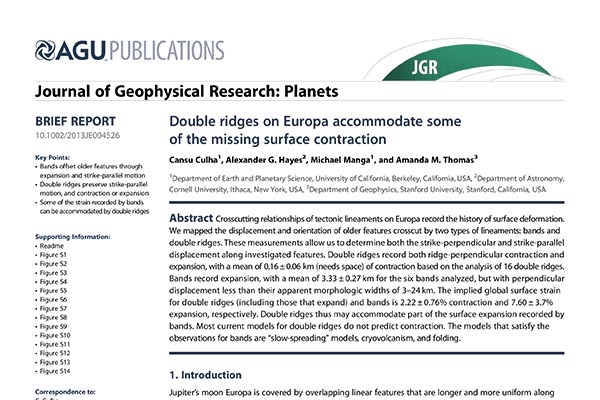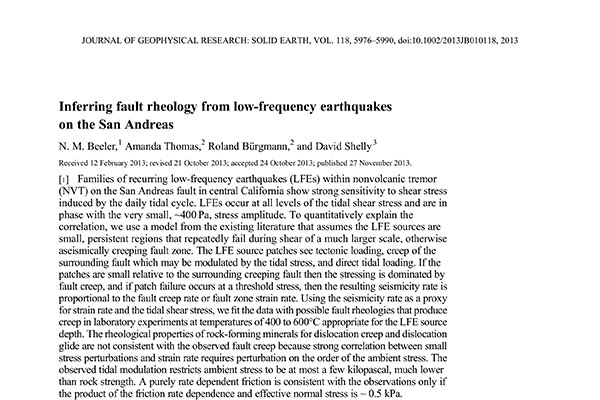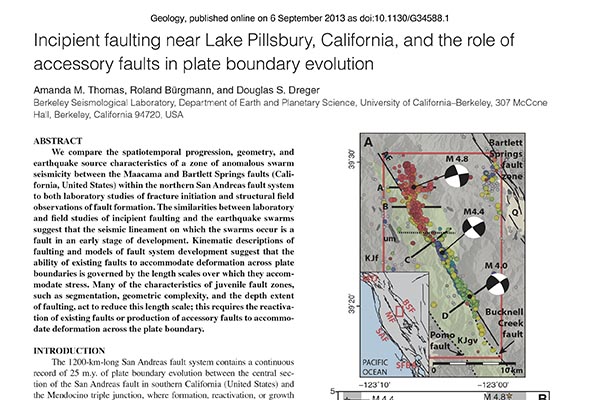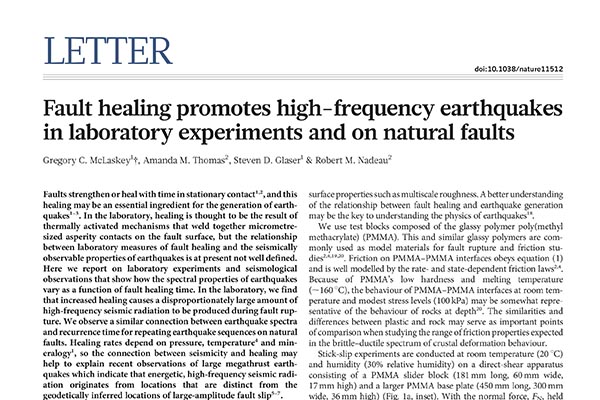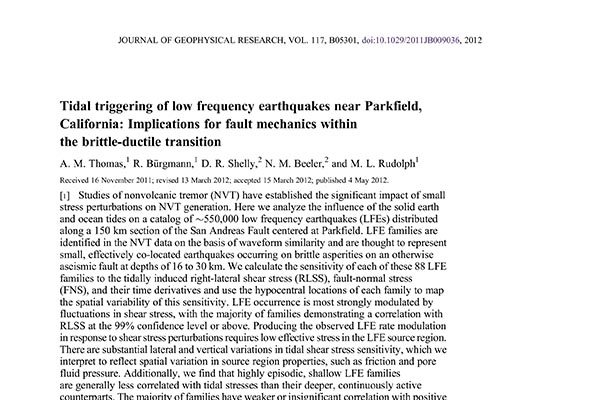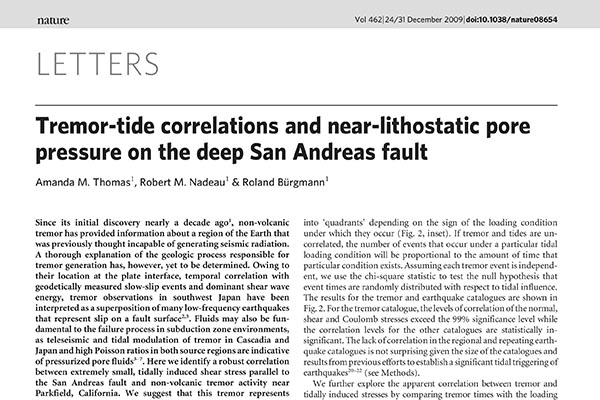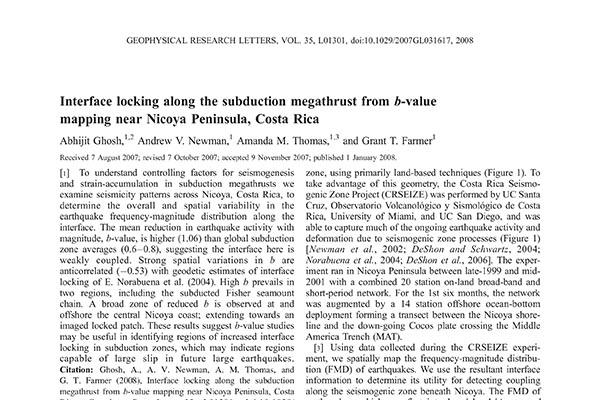ABOUT
What do observational seismologists do?
We use subtle (or not so subtle) vibrations of the Earth's surface to understand tectonic, volcanic, and surface processes. Our work encompasses data collection, analysis, interpretation and developing simplified numerical models to understand Earth's complex physical systems. While our main goal is to advance geophysical knowledge, basic science research enhances our ability to predict, prepare for, and respond to geohazards.
Earthquake seismology
Earthquake seismology involves measuring and analyzing the vibrations caused by slip along tectonic faults and other seismic sources to understand the origin, magnitude, and effects of earthquakes.
Data collection
Seismic data collection involves using seismometers, which detect vibrations of the ground surface caused by natural or anthropogenic sources. We deploy seismometers seasonally to study geophysical processes such as earthquakes, volcanoes, and debris flows.
Volcano seismology
Volcano seismology is the study of seismic activity generated by volcanic processes, including magma movement, gas release, and rock fracturing within a volcano. It helps monitor volcanic activity, forecast eruptions, and understand the internal structure and dynamics of volcanic systems.
Data analysis
Seismic data analysis involves processing and interpreting recorded ground motion to extract information about the Earth. Techniques like waveform analysis, spectral decomposition, filtering, and event location help identify earthquake characteristics and understand geophysical phenomena.
Environmental Seismology
Environmental seismology is the study of seismic signals generated by natural events such as landslides, glaciers, and rivers. We have particular interest in debris flows on Cascades volcanoes and are trying to develop ways to determine relvant properties of flows such as their size and speed from their seismic manifestation.
Mechanistic models
Earthquake cycle models describe the recurring processes of stress accumulation and release along faults, including interseismic, coseismic, and postseismic phases. These models help predict fault behavior over time and provide insights into seismic hazard by simulating the mechanics of fault slip and stress transfer.
Slow Slip
Slow slip events are episodes of gradual, largely aseismic fault movement that occur over days to months. SSEs play a crucial role in understanding fault mechanics and their potential relationship to larger fast earthquakes.
Coffee
We drink coffee. Sometimes we drink a lot of coffee.
OUR WORK
Publications
After our research on a particular topic is complete, we submit our findings for publication in academic journals. The work undergoes peer review where other scientists ensure its accuracy and originality. After revisions, the papers are published and can be accessed by scientists globally who may have interest in our work. The peer-review and publication process increases the collective knowledge of the scientific community, promotes collaboration, and informs future research directions.
Perfection has always eluded me, and I've never missed it.
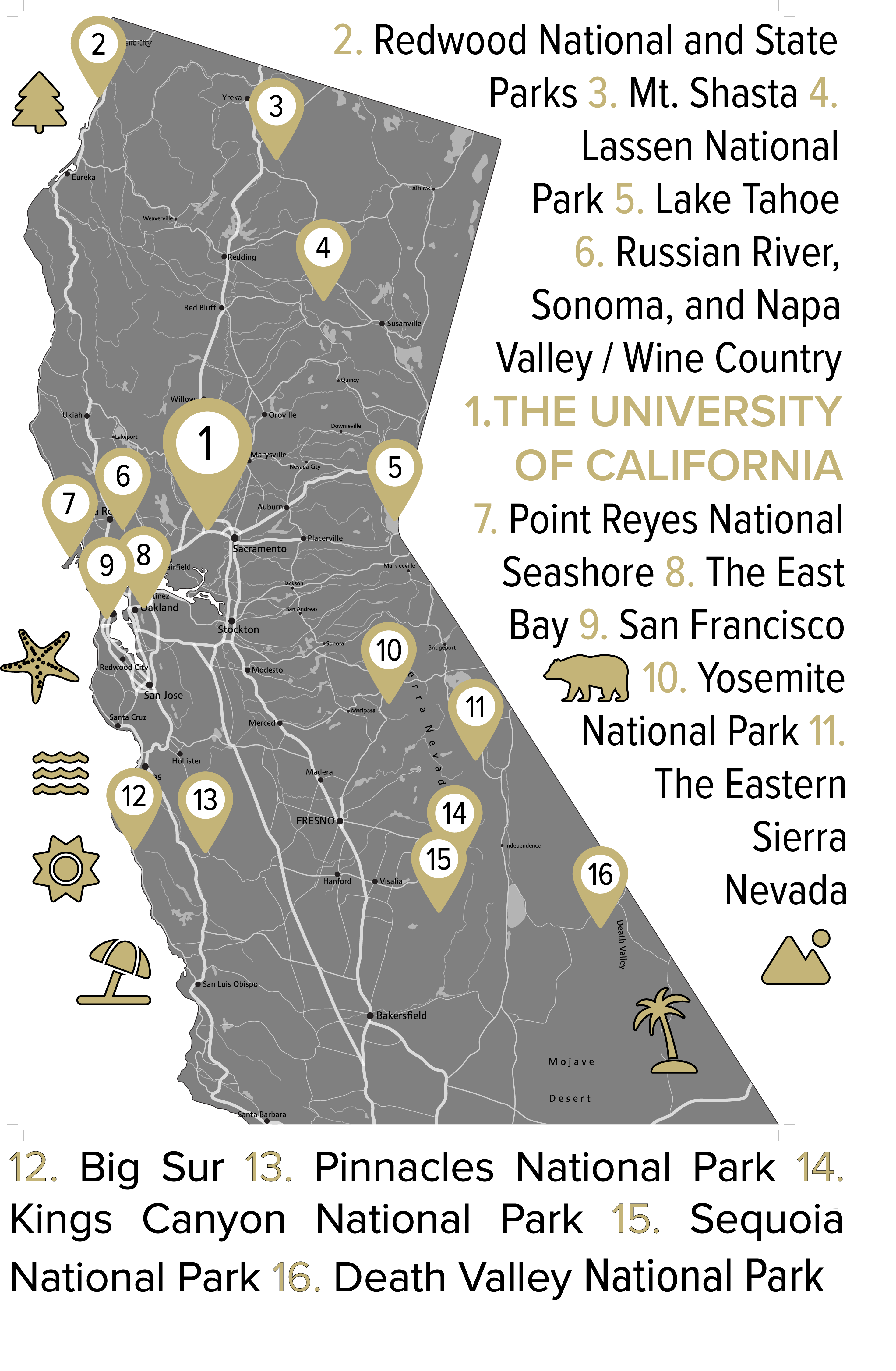
WHAT'S NEXT?
Graduate school at UC Davis
If you're trying to decide which graduate school you'd like to attend, here are some reasons why you should choose the University of California, Davis.
Observational Seismology at UC Davis
We are a group of seismologists that work to understand the signatures of tectonic, volcanic, and surface processes. If you're interested in attending graduate school in observational seismology at UC Davis please send me an email with a copy of your CV and a statement of why you're interested in working with me. I'm interested in taking motivated students that are curious about the world around them.
Earth and Planetary Science at UC Davis
The Department of Earth and Planetary Sciences is among the top geoscience programs in the world. Our faculty members are nationally and internationally recognized leaders in their fields. We're a big department, but we're not too big. You'll still have regular meetings with your advisor(s), have the chance to interact with all faculty members, and there's a healthy graduate community to support you in your research endeavors. Recent graduates have gone on to faculty positions, government jobs such as the United States Geological survey, national labs, and the private sector.
Davis
UC Davis is well known for its top-tier academics, strong focus on sustainability, and welcoming campus culture that fosters collaboration and innovation. Living in Davis complements the university experience with its bike-friendly, environmentally conscious community, excellent schools, and vibrant farmers' markets. The city's small-town charm combined with its proximity to Sacramento, San Francisco, and Napa Valley offers a perfect blend of tranquility and access to urban and recreational amenities.
Northern California
Northern California is wild, beautiful, and unspoiled. From Davis, you can day trip to the vineyards to enjoy world-class wine tasting in Napa, Sonoma, and Russian River Valleys. A short drive or train ride away is San Francisco and all its iconic landmarks such as the Golden Gate Bridge and Alcatraz, or instead you can enjoy the art and food scenes in the East Bay. If you're willing to venture a bit further, you can visit Yosemite National Park to see its iconic granite cliffs and waterfalls, Redwood National and State Parks to walk among ancient towering trees, or Lake Tahoe for year-round outdoor activities like skiing and hiking. Alternatively you could take a scenic drive along Highway 1 to charming towns like Mendocino or Big Sur’s rugged coastline, or explore Lassen Volcanic National Park, Mount Shasta, and historic gold rush towns.

